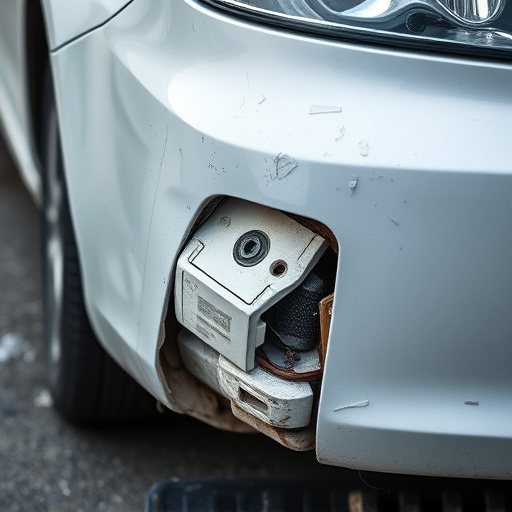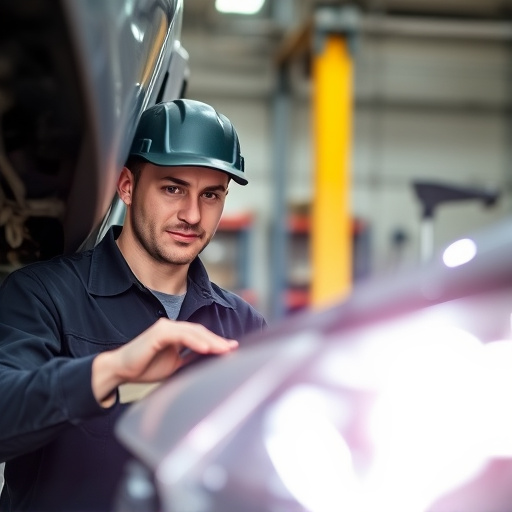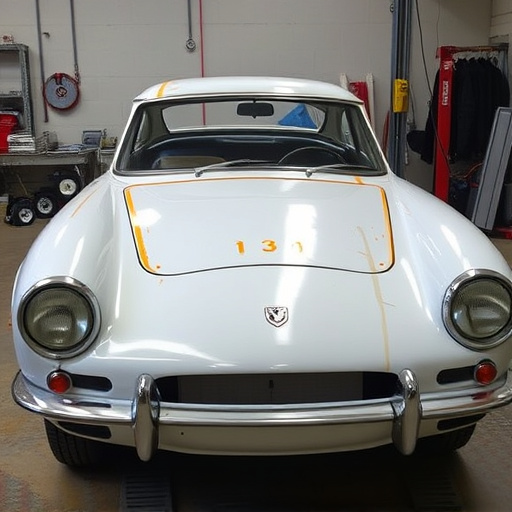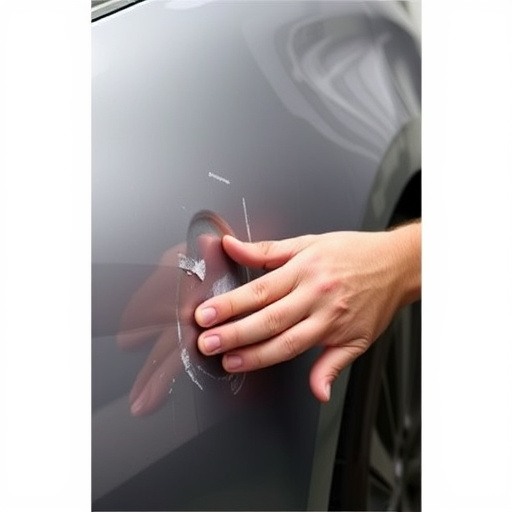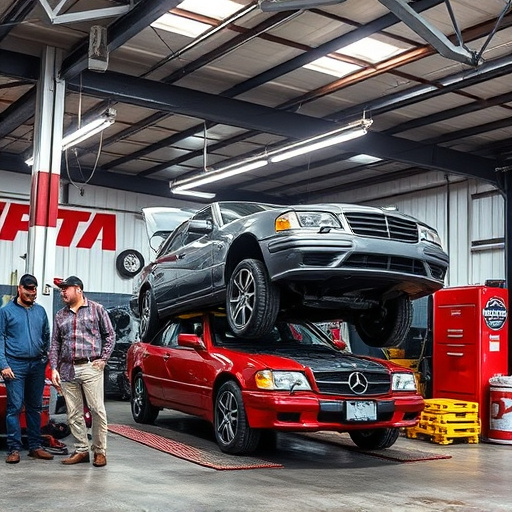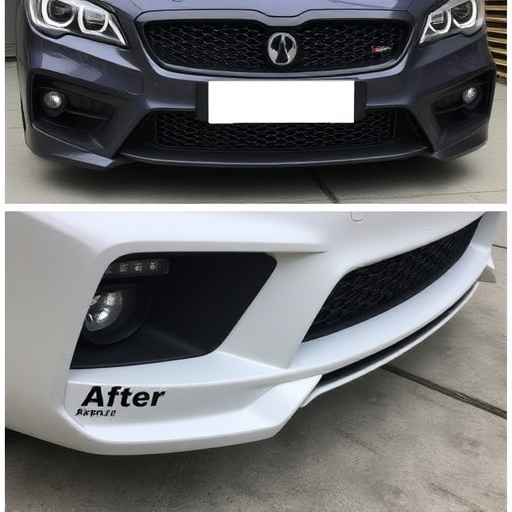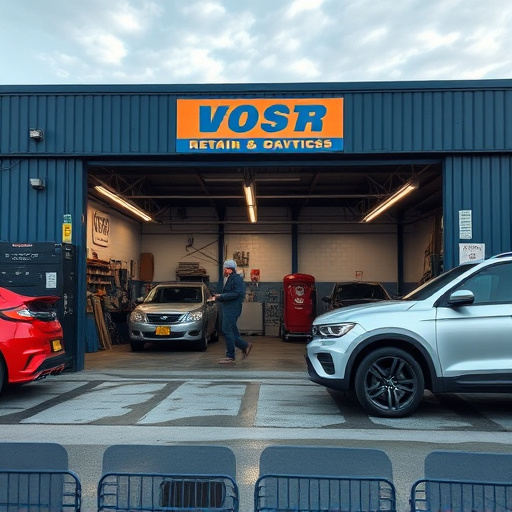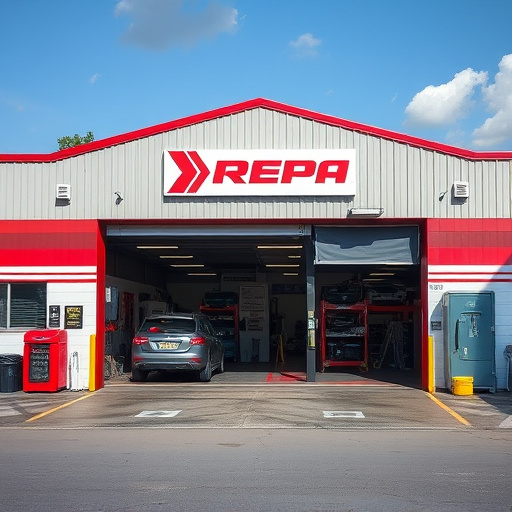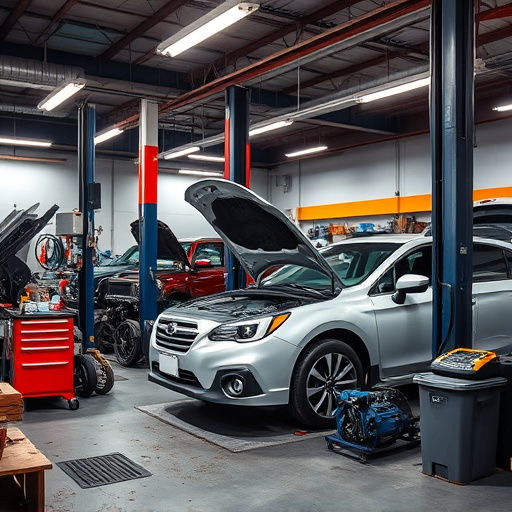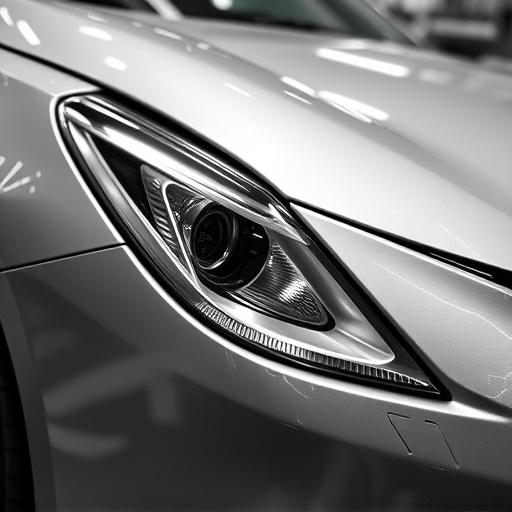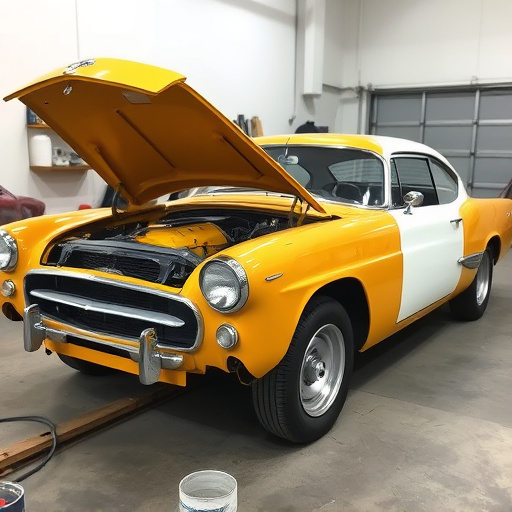Heat shield replacement is crucial for vehicle maintenance, protecting against extreme temperatures and prolonging component life. Advanced composites offer better resistance but need thorough preparation to prevent impact damage. Regular washing and inspection are vital post-replacement to combat corrosion and damage, extending the lifespan of heat shields and car bodywork.
Protecting new heat shields from corrosion and damage is vital for maintaining optimal performance in extreme environments. This comprehensive guide addresses the key aspects of preserving your heat shield investment. We’ll explore the vulnerabilities of common heat shield materials, offering pre-installation prep tips to ensure long-lasting protection. Additionally, discover effective maintenance strategies post-replacement to extend the lifespan of your shields, ensuring they withstand the rigors of high-temperature applications. Discover how to navigate the process efficiently and effectively, focusing on heat shield replacement for enhanced durability.
- Understanding Heat Shield Material and Its Vulnerabilities
- Pre-Installation Preparation for Optimal Protection
- Maintenance Strategies to Extend Lifespan After Replacement
Understanding Heat Shield Material and Its Vulnerabilities
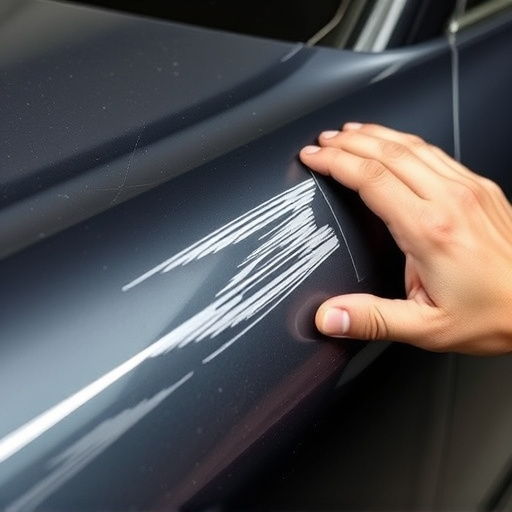
Heat shields, a critical component in many vehicles, are designed to withstand extreme temperatures and protect sensitive parts from direct heat exposure. However, understanding their material composition is key to effective protection. Common heat shield materials include metal alloys and advanced composites, each with its strengths and vulnerabilities. Metal shields, while robust, can corrode over time due to exposure to harsh elements like salt, acid rain, or environmental pollutants, especially in coastal areas. Composites, though more resistant to corrosion, may suffer damage from impact, including denting, cracking, or delamination, particularly during accidents or routine handling.
Regular inspection is vital for identifying potential issues early on. Fleet repair services and auto repair experts recommend checking heat shields for signs of deterioration, such as cracks, chips, or loose connections. Prompt replacement is crucial, as damaged heat shields not only compromise the vehicle’s performance but also leave internal components vulnerable to long-term damage. Auto painting services can play a role in restoration, offering not just cosmetic enhancement but also added protection against further corrosion and damage for those willing to invest in comprehensive solutions.
Pre-Installation Preparation for Optimal Protection
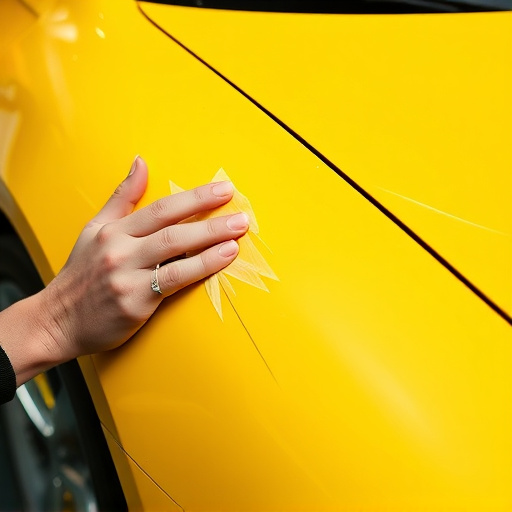
Before installing new heat shields, proper preparation is key to ensuring optimal protection against corrosion and damage. This involves a detailed inspection of the vehicle’s underbody to identify potential vulnerabilities and contaminants that could compromise the shield’s integrity. Start by clearing away any debris, such as rusted parts or loose underbody components, which might interfere with a seamless installation.
Additionally, addressing existing car damage repair, like fender repair or frame straightening, is essential in creating a solid foundation for new heat shields. By rectifying any structural issues and ensuring the vehicle’s underbody is clean and free from previous repairs, you enhance the overall effectiveness of the protective barriers, guaranteeing longer-lasting performance and better resistance against environmental elements.
Maintenance Strategies to Extend Lifespan After Replacement
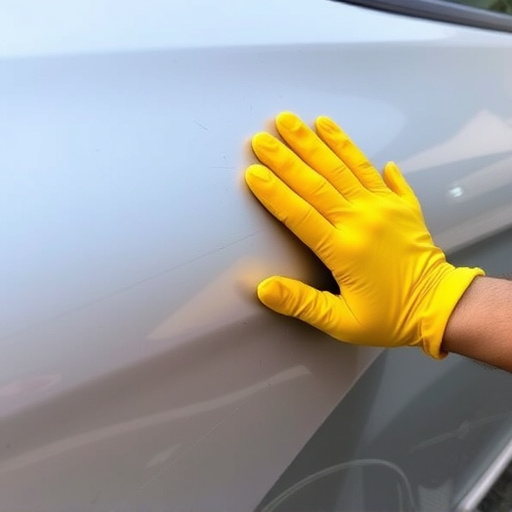
Regular maintenance is key to extending the lifespan of newly installed heat shields. After a heat shield replacement, it’s crucial to implement a preventative care routine that includes frequent washing and inspection. Wash your vehicle regularly, focusing on the areas where heat shields are located, to remove dirt, salt, and other contaminants that can accelerate corrosion. Inspecting the heat shields for any signs of damage, such as cracks or delaminations, allows for prompt repair or replacement, preventing further deterioration.
Additionally, applying protective coatings or wraps specifically designed for automotive heat shields can offer an extra layer of defense against environmental elements. These measures, combined with proper vehicle storage and regular vehicle repair services, will ensure that your newly installed heat shields remain in top condition, maximizing their protective benefits and extending the overall life of your car’s bodywork.
Protecting new heat shields from corrosion and damage is vital for ensuring optimal performance during every flight. By understanding the vulnerabilities of your chosen material, preparing thoroughly before installation, and implementing robust maintenance strategies post-replacement, you can significantly extend the lifespan of these critical components. Remember that regular care and attention are key to a successful heat shield replacement, ultimately contributing to safer and more efficient flights.
